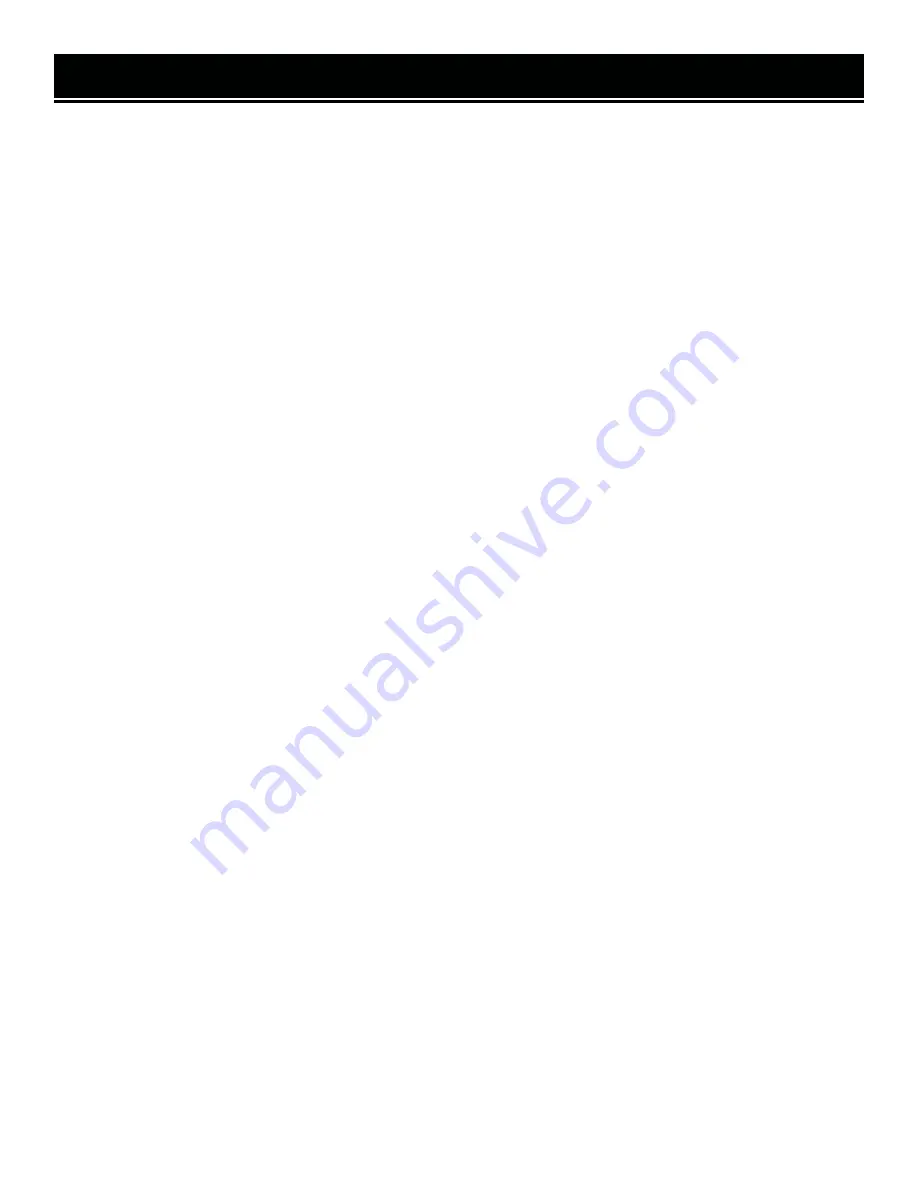
12
ASSEMBLY & ADJUSTMENTS
CUTTER HOLDER
The two most common cutting tools for the milling machine are drill bits and end mills. Drill bits are held in place
by drill chucks (one included), while end mills are held in place by either collets or end mill holders (not included).
Use the suitable holder for your cutting bit. The shank taper is R8.
•
Drill Chucks
The included drill chuck is ONLY able to hold drill bits for drilling operations. It is NOT able to hold
milling bits. For end milling or face milling operations, collets or end mill holders are needed.
•
Collets (not included)
Collets are shorter than end mill holders to allow more vertical work area. It secures the end
mill all the way around the shank to provide a better grip. They are also less expensive than end mill holders. The
WEN 33182A 8-Piece Imperial Steel Collet Set is a great set to hold you over.
•
End Mill Holders (not included)
End mill holders are longer than collets and so the cutter can reach closer to the
machine’s worktable. The end mill is secured in the holder by a set screw that bears on the flat shank of the end mill.
Changing end mills is easier to do on an end mill holder. They are also more robust than collets and are less prone
to wearing out.
Collets, end mill holders, and drill chucks are held in the spindle by the drawbar
(Part No. .2-46).
The drawbar is
tightened from the top of the spindle and extends through the spindle to the holder/chuck. When tightening the
drawbar, make sure it is snug in the spindle threads, but do not overtighten.
CUTTING TOOLS
An end mill is the most common type of cutting tool for the milling machine. While a drill bit can only make plunge
cuts in the vertical direction, an end mill can cut from the side of the workpiece. Some can also make plunge cuts.
•
End Mills
End mills can be classified into center-cutting and non-center-cutting mills. In a center-cutting mill, the
flutes meet in the center on the tip of the end mill. This allows the mill to be plunged into the workpiece as is done
with a drill press. In a non-center-cutting mill, the flutes do not meet at the tip, leaving a gap with no flutes in the
center. The non-center-cutting mill can only cut from the side of the workpiece. It is recommended to use center-
cutting mills for their cutting versatility.
End mills can also be classified into 2-flute and 4-flute end mills, identified by the number of flutes on the tip of the
mill. Commonly, 2-flute end mills are used for making bigger cuts or when cutting soft metals such as aluminum, as
there is more room between the flutes to extract larger chips. 4-flute end mills can produce a better finish because
there are twice as many cutting edges, each taking off less material. These end mills are used more commonly on
harder metal such as steel and brass.
•
Drill bits
Drill bits can be used on the milling machine for it to function as a drill press. However, drill bits are not
designed to cut from the sides as they are not built to withstand the lateral forces imposed by sideways cutting. DO
NOT USE DRILL BIT IN PLACE OF AN END MILL.



























